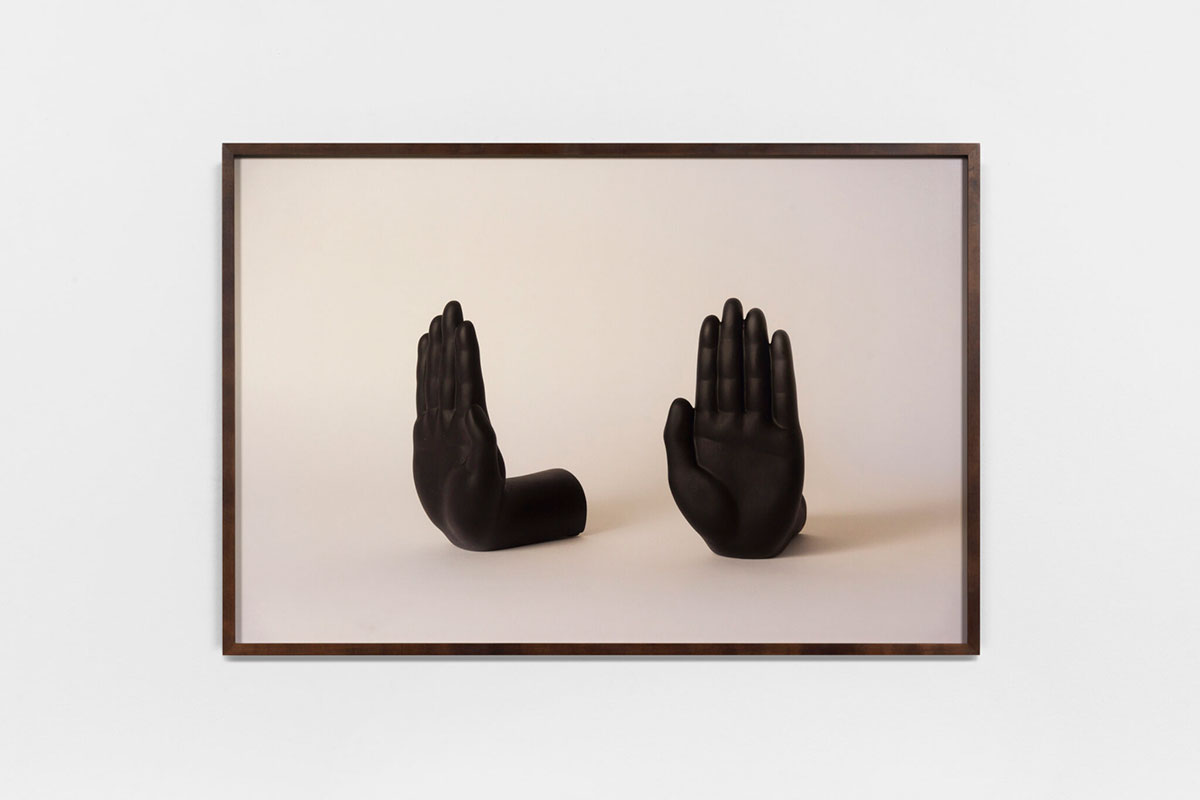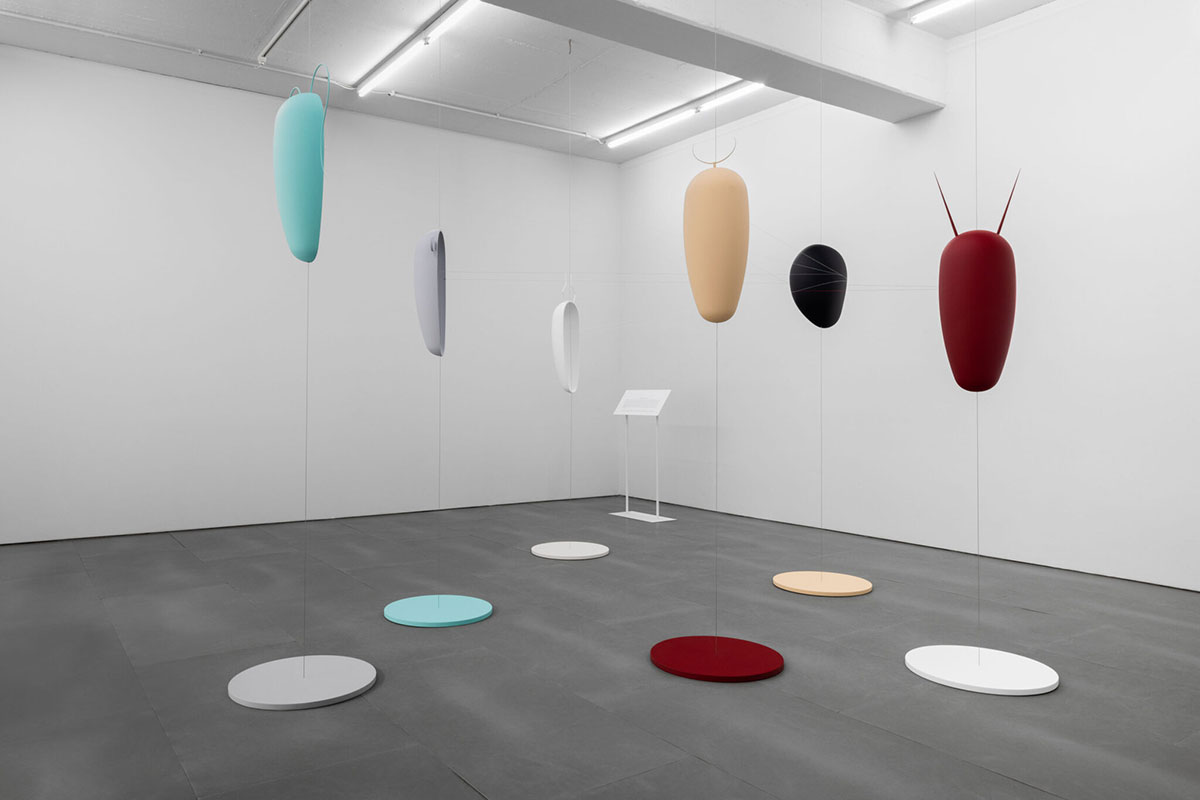ART CITIES: Berlin-Iman Issa
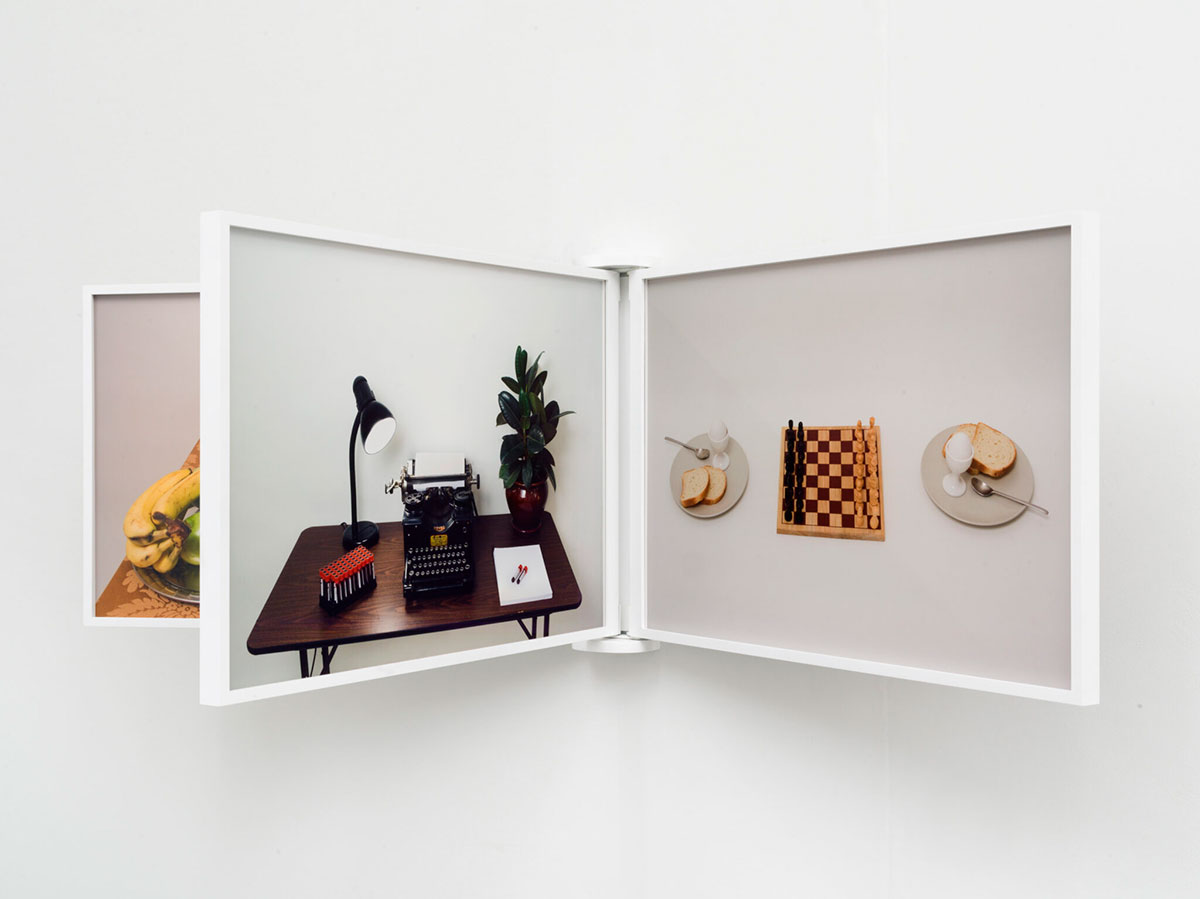 Iman Issa uses a variety of forms and strategies to investigate the political and personal associations of history, language and the object. She creates ambiguous, poetic displays through the juxtaposition of text and object. “Heritage Studies”, the artist’s most recent series, draws its name from a field of academic and applied inquiry that relates to the understanding and use of history.
Iman Issa uses a variety of forms and strategies to investigate the political and personal associations of history, language and the object. She creates ambiguous, poetic displays through the juxtaposition of text and object. “Heritage Studies”, the artist’s most recent series, draws its name from a field of academic and applied inquiry that relates to the understanding and use of history.
By Efi MIchalarou
Photo: Garlier|Gebauer Gallery Archive
Sometimes you come across (an image of) a statue, a monument, a building, an event, barely looking at it and hardly noticing it. Even when you do notice it, it feels inconsequential; a benign sign of a time gone by, regardless of how violent that time was, or is perceived to have been. But there are other times when you cross an image of the same statue, monument, or building realizing that looking at it has become unbearable—That it is clearly malicious and destructive to your being. You take account of it now as an active agent in a recurrent violence which, you also now clearly understand, has never ceased. What a photograph features and what can be deciphered from it are arguably two different things, most likely related to a time and place. A photograph can be mute until it acquires a title, a date, a location, or a footnote, after which it may remain mute or contrarily start outright screaming. A few years later, one may encounter the same photograph, with the same added title, the same added date, the same added location, and the same added footnote, realizing that it has lost its scream or has acquired one it lacked before. But this is all (im)possible for one to ascertain or claim about a different time and place, for we are here and we are now. In “Photograph—(Un)Like (M)Any Other(s)”, her solo exhibition Iman Issa is showing a collection of works revolving around photography in many of its facets. “Doubles: Photograph—(Un)Like (M)Any Other(s)”, 2024 is composed of displays revolving around a collection of two photographs from different time periods and geographies, but which share the same title. “Animal Masks for Tribunal Scene” (2022), from the series “Surrogates”, is a display of three-dimensional elements extracted from a film sequence, which is itself described in an accompanying text panel. “Self-Portrait (Self as Hannah Arendt)” and “Self-Portrait (Self as Georges Henein)” (both 2021) are two displays from “Proxies, with a Life of Their Own”, which is a series of self-portraits, which are simultaneously portraits of other people accompanied by qualifying statements. “Book of Facts: A Proposition” (2017) is a catalogue of an exhibition that never took place and never will, and where the documentation of the works from the exhibition is communicated via diagrams accompanied by descriptive captions. “Doubles: See No Evil, Hear No Evil (Germany / Egypt)” (2024), “Portrait (Not for Sale)” (2024), which is in fact for sale, “Hier Spricht Der Feind (For Sale)” (2024) , which is in fact not for sale, “(E)Very Particular Thing(s)” (20240, Car Wash—Or So It Seems, 2024, Colors, Lines, Numbers, Symbols, Shapes, and Images—Or So You “May Think” (2024), “(Art) Objects—And More” (2024), all deal with a kind photography that records places, times, peoples, and things that may appear ©generic; may appear like their referents could be related to any place, any time, any peoples or anythings but which are in fact related to very specific places, very specific times, very specific peoples and things.
Photo: Iman Issa, (E)Very Particular Thing(s), 2024, set of 6 Classic Art Prints – Fuji Matt + hanging system, 53 × 148 × 76,5 cm, © Iman Issa, Courtesy the artist and Garlier|Gebauer Gallery
Info: Garlier|Gebauer Gallery, Markgrafenstraße 67, Berlin, Germany, Duration: 26/4-22/6/2024, Days & Hours: Tue-Sat 11:00-18:00, www.carliergebauer.com/
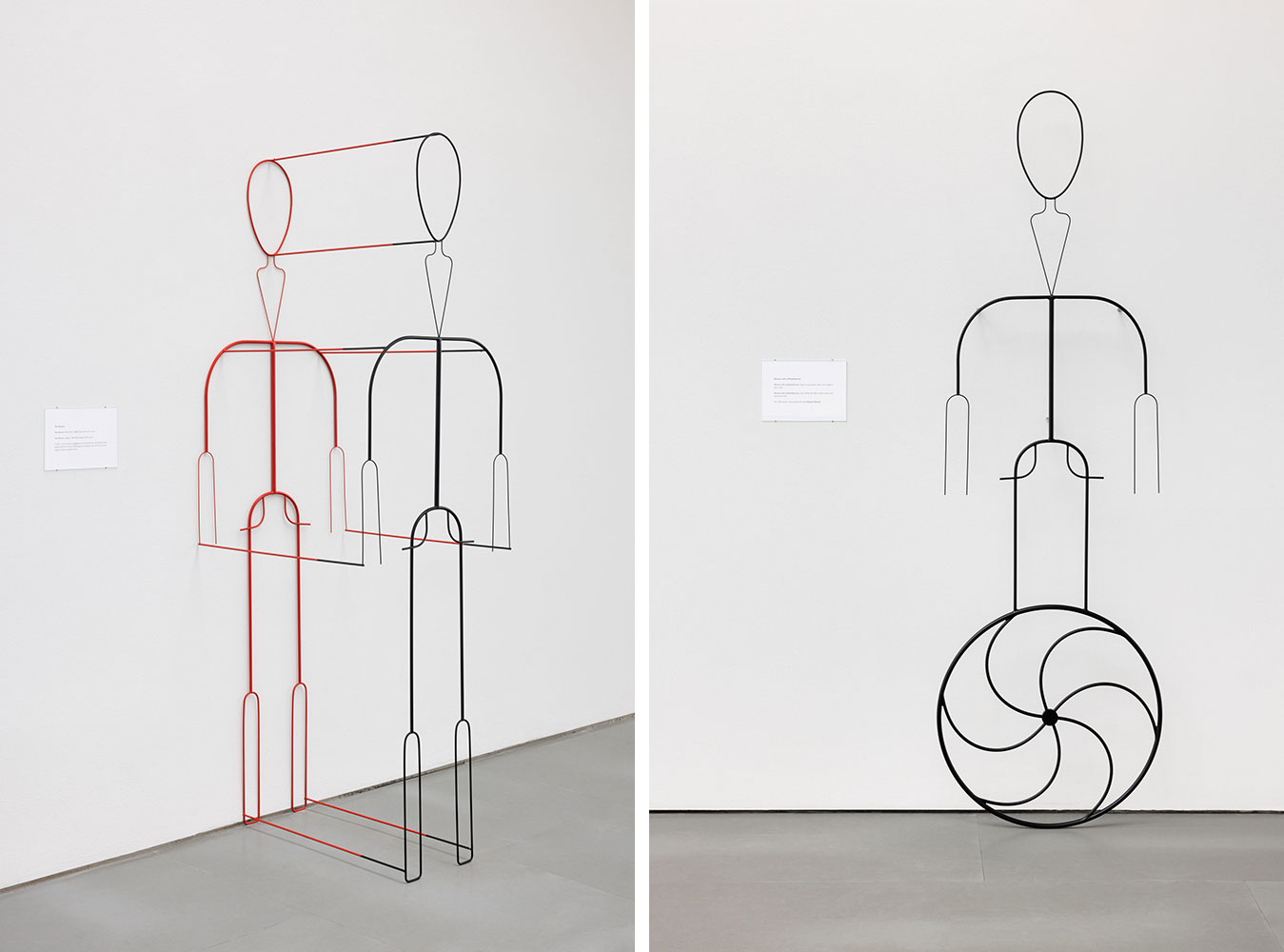
Right: Iman Issa, Woman with a Wheelbarrow, 2024, lacquered metal (180 × 56 × 13 cm), text panel under glass (15 × 21 cm), © Iman Issa, Courtesy the artist and Garlier|Gebauer Gallery
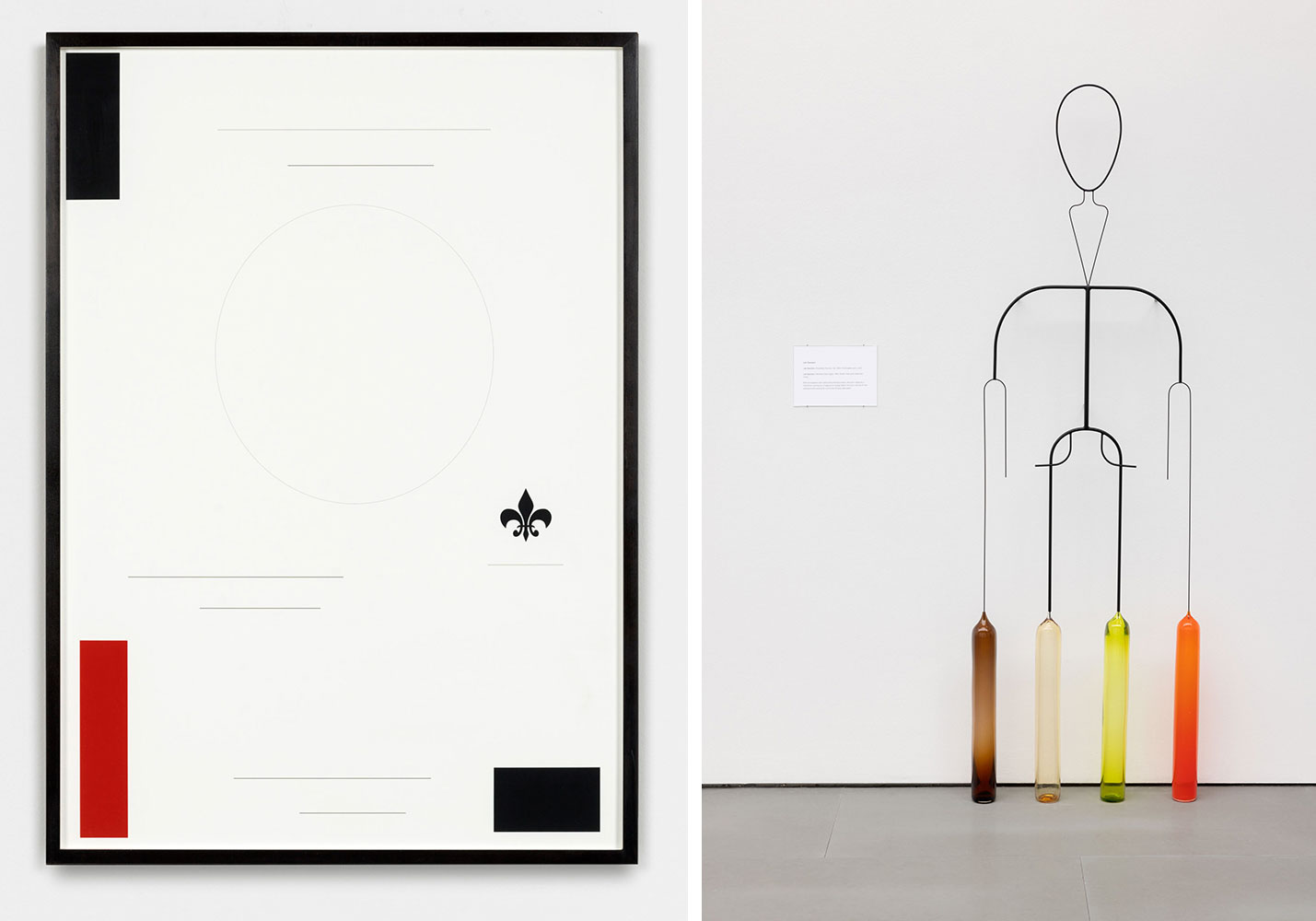
Right: Iman Issa Lab Operator, 2024, lacquered metal, glass (179,5 × 57 × 14 cm), text panel under glass (15 × 21 cm), © Iman Issa, Courtesy the artist and Garlier|Gebauer Gallery

Right: Iman Issa, Colors, Lines, Numbers, Symbols, Shapes, and Images—Or So You May Think, 2024, archival inkjet print, 68,5 × 48 cm, © Iman Issa, Courtesy the artist and Garlier|Gebauer Gallery
